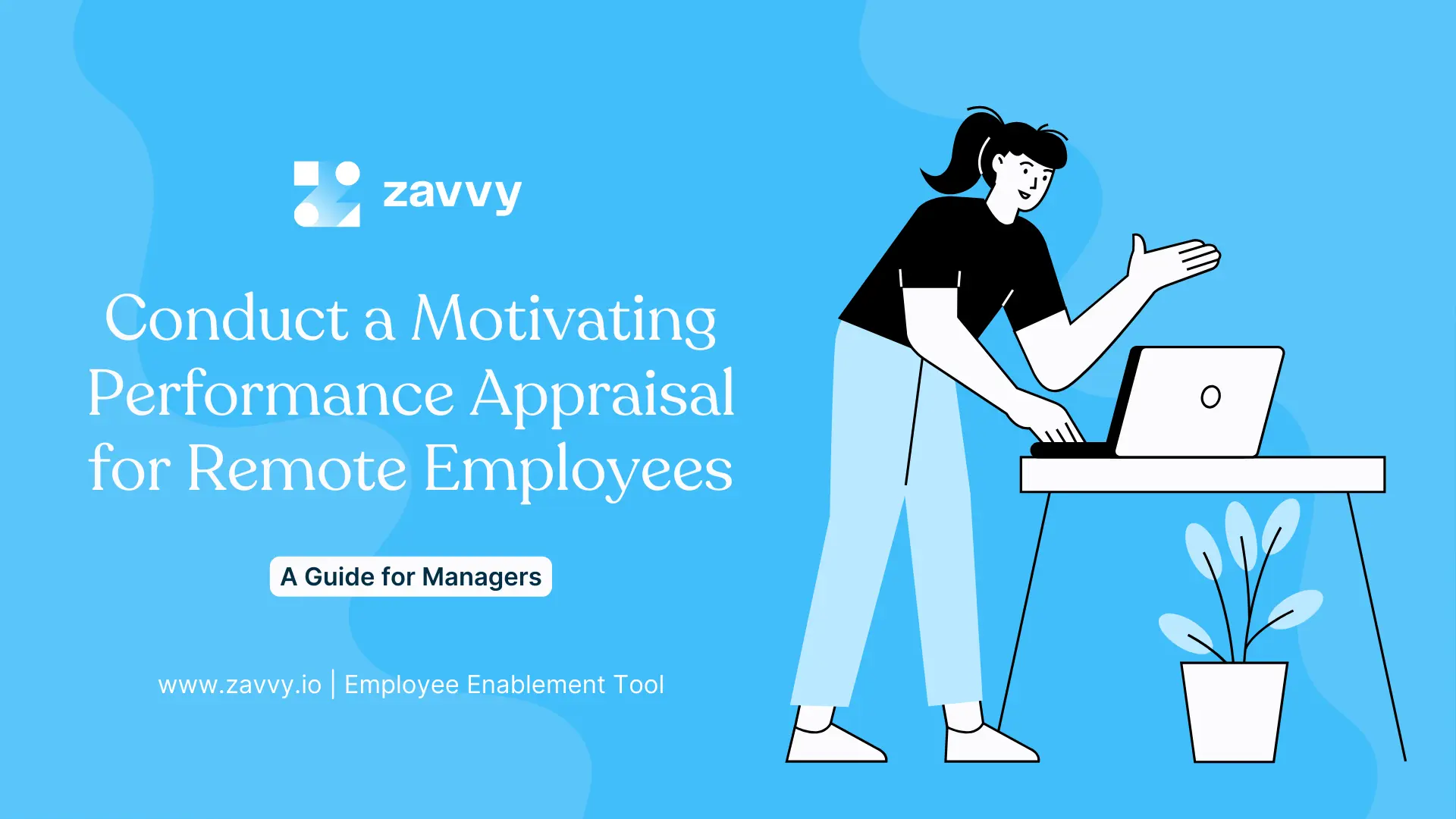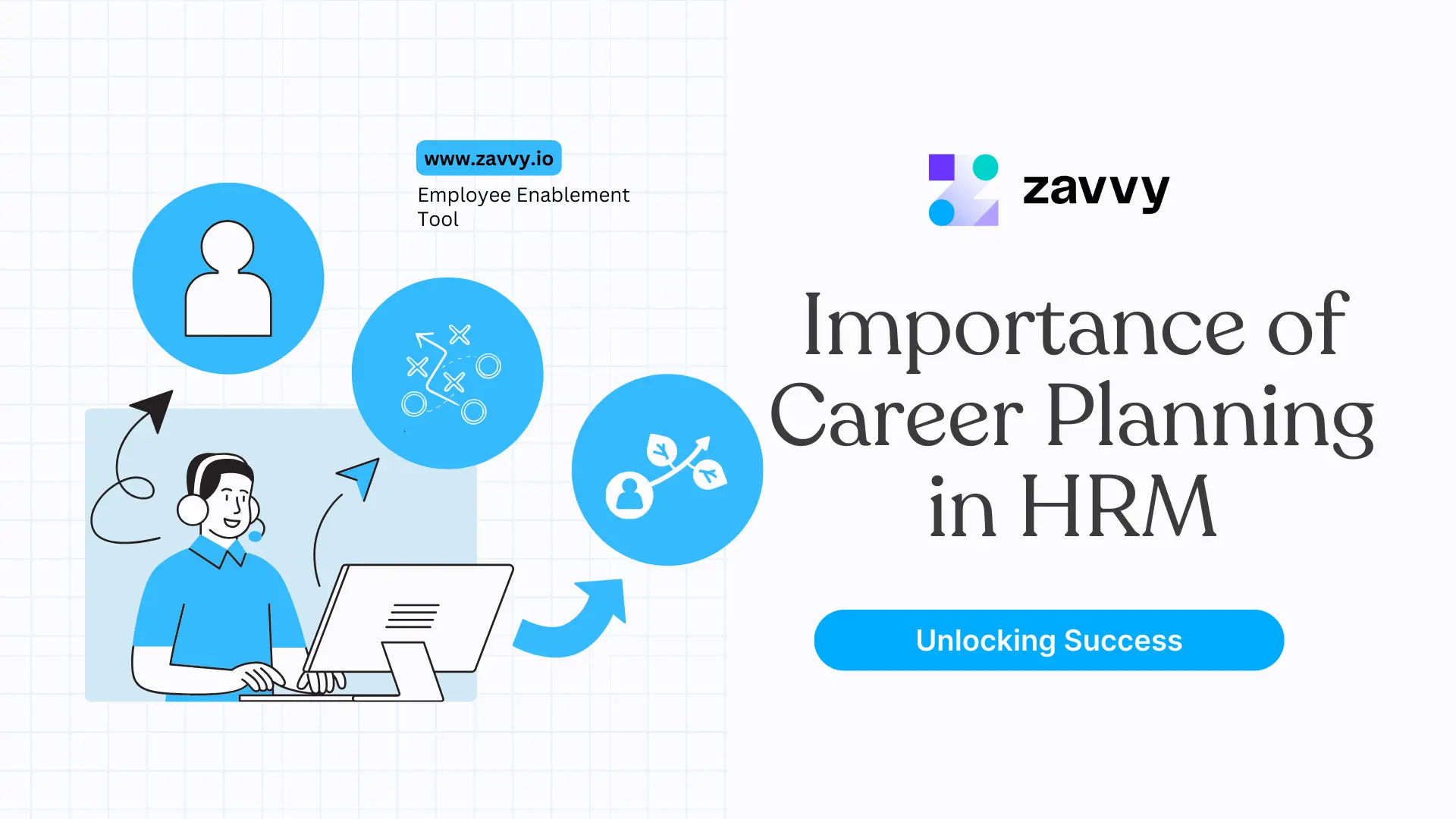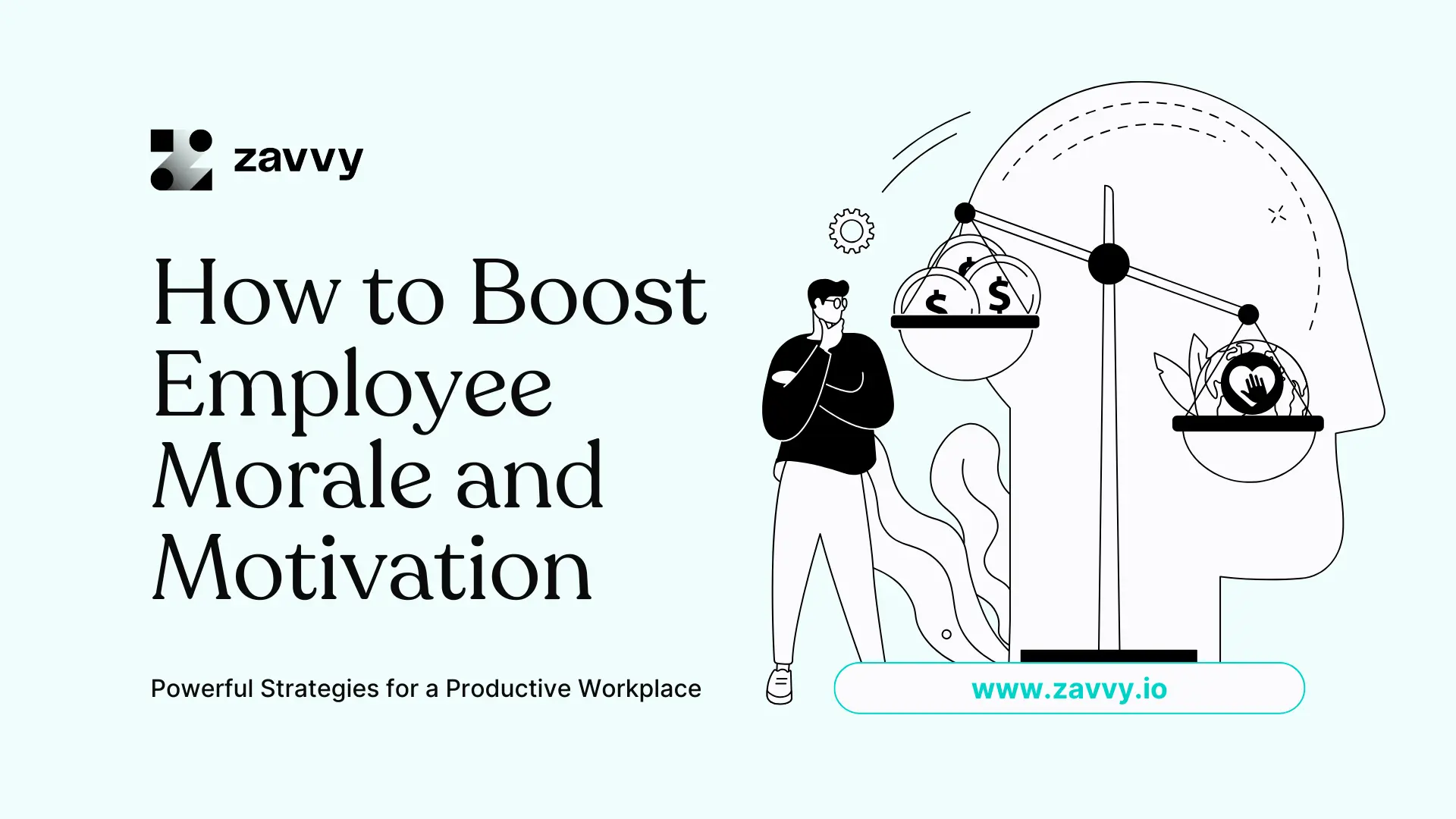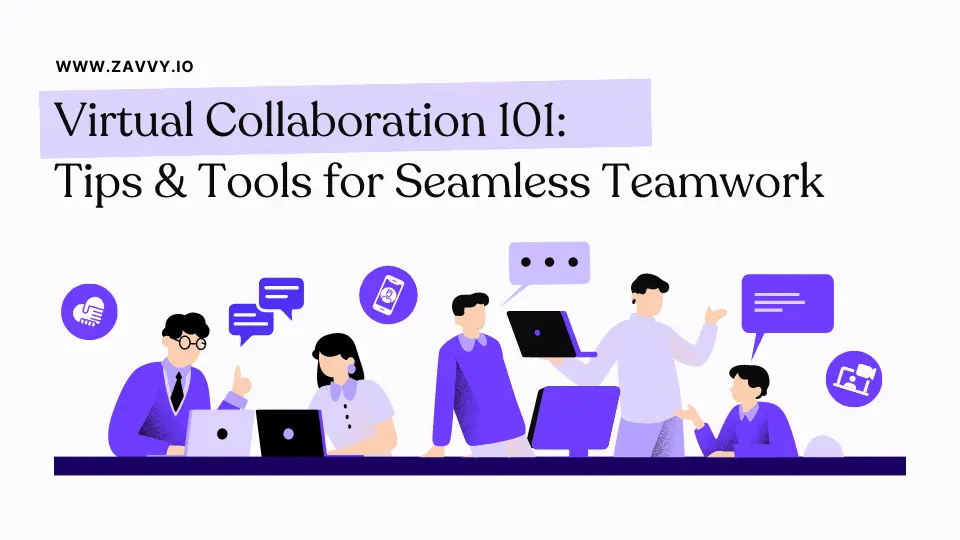
35 Technical Competencies to Add to Your Company's Competency Models
Zuletzt aktualisiert:
13.3.2024
Lesezeit:
16 minutes
última actualización
13.3.2024
tiempo de lectura
16 minutes
Last updated:
March 13, 2024
Time to read:
16 minutes

Here's the thing: technical skills are no longer confined to the IT department. They're everywhere. Data literacy isn't just for data scientists—it's for everyone. Cybersecurity isn't just for the tech team—it's a company-wide imperative.
If you're crafting your company's competency models, you know the importance of including such technical competencies in all departments and teams in your organization.
From data analysis proficiency to cloud computing, each of the 35 technical competencies we included in this article is a building block.
We grouped these competencies by department and defined them across 5 competency levels: basic, intermediate, advanced, proficient, and expert.

🌟 What are technical competencies?
Technical competencies are the knowledge and skills required to perform specific tasks, jobs, or functions within a particular field or industry. They are often related to hard skills that can be defined, measured, and taught.

Technical competencies can include:
- Proficiency in specialized software or tools.
- Understanding and application of industry-specific standards and protocols.
- Skills related to specialized machinery or equipment operation.
- Knowledge of engineering principles, methodologies, or scientific practices.
- Coding and programming abilities for specific languages in the IT sector.
- Expertise in various research methods.
Technical competencies are often acquired through formal education, specialized training, certifications, and on-the-job experience.

What is the difference between functional and technical competencies (and core competencies)?
Functional is job-specific competencies an individual needs for their job functions.
For instance, workforce planning is a functional competency for an HR, and knowledge of the human resources information system (HRIS) tool is a technical skill.
On the other hand, core competencies are behavioral abilities required to excel at work.
For example, when it comes to HR roles, the ability to build relationships is a core competency.

⚒️ 35 Technical competencies examples
Here are the relevant technical competencies across all major departments in a fast-growing company.
Sales technical competencies
Customer Relationship Management (CRM)
Definition: The ability to effectively use CRM software to manage customer interactions, track sales, and analyze data to improve business performance.

Proficiency levels:
- Basic: Can perform simple tasks such as data entry and updating customer information.
- Intermediate: Can effectively use CRM tools to manage contacts, leads, and accounts.
- Advanced: Can customize and configure CRM systems to align with sales processes and goals.
- Proficient: Can integrate CRM with other sales and marketing tools for a seamless customer experience.
- Expert: Can develop and implement CRM strategies for account management, customer retention, upselling, and other business processes.
Sales process automation
Definition: The ability to effectively use technology to streamline and optimize the sales process, resulting in increased efficiency, accuracy, and customer satisfaction.
Proficiency levels:
- Basic: Can follow instructions to perform simple tasks related to sales process automation.
- Intermediate: Can independently use sales automation tools to perform routine tasks.
- Advanced: Can independently use sales automation tools to perform complex tasks.
- Proficient: Can design and implement sales process automation strategies to improve sales efficiency.
- Expert: Can evaluate and enhance the organization's overall sales process automation strategy.
Presentation software
Definition: The ability to effectively use presentation tools to create engaging and winning pitches that effectively communicate information to potential customers.
Proficiency levels:
- Basic: Can create simple presentations with guidance.
- Intermediate: Can use advanced features such as animations, transitions, and templates.
- Advanced: Can design complex presentations with multiple sections, hyperlinks, and interactive elements.
- Proficient: Can leverage advanced features and plugins to enhance presentations and make them more effective.
- Expert: Can train other team members on how to create winning pitches.
Marketing technical competencies
Marketing analytics
Definition: The ability of an individual to effectively track, analyze, and interpret data related to marketing activities and tweak strategy.

Proficiency levels:
- Basic: Can assist in the creation of basic marketing reports and dashboards.
- Intermediate: Can create detailed marketing reports and dashboards.
- Advanced: Can create and manage comprehensive marketing reports and dashboards.
- Proficient: Can create, manage, and optimize comprehensive marketing reports and dashboards.
- Expert: Can create, manage, optimize, and innovate comprehensive marketing reports and dashboards.
Search engine optimization (SEO)
Definition: The ability to optimize website content and structure to improve search engine rankings, increase website traffic, and enhance online visibility.
Proficiency levels:
- Basic: Can perform simple keyword research and use SEO guidelines to optimize content.
- Intermediate: Can implement effective SEO strategies to improve website ranking and visibility.
- Advanced: Can manage all aspects of SEO, including keyword research, SEO-friendly content creation, backlink building, and SEO analytics.
- Proficient: Can leverage advanced SEO tools, conduct SEO audits, and implement corrective measures to improve website performance.
- Expert: Can innovate SEO strategies that drive growth in alignment with business objectives.
Content management systems
Definition: The ability to effectively use software and tools to organize, store, and retrieve digital content for efficient and effective use.
Proficiency levels:
- Basic: Can perform simple tasks such as uploading content and minor editing.
- Intermediate: Can perform routine tasks such as creating, editing, and publishing content.
- Advanced: Can understand advanced features, create content templates, and manage user permissions effectively.
- Proficient: Can troubleshoot technical issues and implement SEO best practices.
- Expert: Can use custom solutions or plugins, perform SEO audits, and take measures to improve search rankings.
Customer relationship management (CRM) tools
Definition: The ability to effectively use CRM software to analyze data and create targeted campaigns backed by customer insights.
Proficiency levels:
- Basic: Can use CRM software to analyze customer data, run basic reports, and execute simple email campaigns.
- Intermediate: Can analyze basic customer data and segment customer lists for marketing campaigns.
- Advanced: Can execute advanced targeted marketing campaigns by analyzing customer data.
- Proficient: Can design complex marketing automation workflows integrating CRM with other marketing tools.
- Expert: Can use CRM data to drive strategic marketing decisions.
Paid search
Definition: The ability to effectively plan, execute, and manage paid search advertising campaigns.
Proficiency levels:
- Basic: Can conduct basic keyword research to create simple ad campaigns.
- Intermediate: Can create simple ad campaigns.
- Advanced: Can manage mid to large-scale paid search campaigns and budget allocations.
- Proficient: Can optimize campaigns for better performance.
- Expert: Can manage complex campaigns, bidding strategies, and A/B test paid search strategies.
Design technical competencies
Prototyping and wireframing tools
Definition: The ability to use software and tools to create interactive prototypes and wireframes that effectively communicate design concepts and user experiences.
Proficiency levels:
- Basic: Can create simple wireframes under supervision.
- Intermediate: Can independently create simple wireframes and prototypes.
- Advanced: Can create complex wireframes and prototypes independently.
- Proficient: Can create, manage, and evolve a strategic library of reusable wireframes and prototypes.
- Expert: Can evaluate, select, and implement prototyping tools at the organizational level.
Design tools
Definition: The ability to use various software and tools to create and edit visual and graphic content for effective communication and presentation.
Proficiency levels:
- Basic: Can perform simple tasks like creating basic graphics or editing images.
- Intermediate: Can perform complex tasks such as layering, masking, and advanced editing.
- Advanced: Can perform advanced tasks such as 3D modeling, animation, and complex editing.
- Proficient: Can perform advanced tasks such as advanced 3D modeling, complex animation, and high-end editing.
- Expert: Can perform master-level tasks such as creating complex 3D models, advanced animations, and high-end editing.
Usability testing
Definition: The ability to assess and improve the user-friendliness and effectiveness of designs.
Proficiency levels:
- Basic: Can plan basic usability tests.
- Intermediate: Can plan and execute basic usability tests.
- Advanced: Can plan and execute comprehensive test plans.
- Proficient: Can design complex usability tests, recruit diverse user groups, and interpret test results effectively.
- Expert: Can conduct large-scale testing and provide valuable insights into user behavior and UX design.
HR technical competencies
Human Resources Information Systems (HRIS)
Definition: The ability to effectively utilize HR technology to manage employee data, streamline processes, and support data-driven decision-making.
Proficiency levels:
- Basic: Can perform simple tasks in HRIS, such as data entry and report generation.
- Intermediate: Can use fundamental features of HRIS software.
- Advanced: Can integrate HRIS with other systems in the organization.
- Proficient: Can customize HRIS to meet the specific needs of the organization.
- Expert: Can use HRIS for strategic HR analytics and insights.
Learning Management System (LMS)
Definition: The ability to effectively use and manage digital platforms for learning and development, including selecting, implementing, and evaluating technology-based solutions
- Basic: Can navigate through the LMS and perform simple tasks such as uploading content and managing users.
- Intermediate: Can perform complex tasks such as creating courses, assigning roles, and generating reports.
- Advanced: Can customize course content, assessments, and certifications.
- Proficient: Can design and implement personalized learning paths for employees.
- Expert: Can design and implement advanced learning and development strategies incorporating LMS tools.
Survey and feedback tools
Definition: The ability to design, administer, and analyze surveys and feedback mechanisms to gather employee insights, improve HR processes, and foster a positive workplace culture.
Proficiency levels:
- Basic: Can identify common survey and feedback tools and their essential functions.
- Intermediate: Can create a simple survey to gather employee input.
- Advanced: Can create an advanced survey with multiple types of questions.
- Proficient: Can manage and optimize advanced survey and feedback processes.
- Expert: Can design and implement large-scale employee feedback initiatives, including 360-degree feedback.

Data analysis
Definition: The ability to collect, analyze, and derive insights from HR-related data to support data-driven decision-making and improve HR processes.
Proficiency levels:
- Basic: Can identify basic HR data sources and metrics.
- Intermediate: Can create simple HR reports.
- Advanced: Can create detailed HR reports.
- Proficient: Can build reports and dashboards in the language and metrics stakeholders understand.
- Expert: Can manage and optimize HR data processes and analytics.

➡️ Discover 31 more HR competencies to strengthen your people operations.
Engineering technical competencies
Programming language
Definition: The ability to write code in various programming languages to develop software applications and automate processes.
Proficiency levels:
- Basic: Can debug simple code with assistance.
- Intermediate: Can write simple code applying basic coding principles.
- Advanced: Can implement complex programs independently.
- Proficient: Can optimize code for maximum efficiency.
- Expert: Can design and innovate solutions for complex programs.
Database management
Definition: The ability to effectively design, implement, maintain, and optimize databases.
Proficiency levels:
- Basic: Can perform basic tasks such as data entry and querying.
- Intermediate: Can write more complex SQL queries.
- Advanced: Can implement complex database schemas.
- Proficient: Can work on complex data migrations.
- Expert: Can provide solutions to optimize database performance.
Cloud computing
Definition: The ability to leverage cloud-based technologies to store, manage, and access data and applications securely and efficiently.
Proficiency levels:
- Basic: Can assist in simple cloud-related tasks with guidance.
- Intermediate: Can contribute to cloud migration projects with minimal supervision.
- Advanced: Can design and implement simple cloud-based solutions.
- Proficient: Can manage and optimize large-scale cloud deployments.
- Expert: Can architect and oversee enterprise-level cloud strategies and implementations.
Deployment tools
Definition: The ability to select, configure, and use software tools and technologies to deploy and manage applications, systems, and infrastructure efficiently.
Proficiency levels:
- Basic: Can perform simple tasks such as deploying a basic application.
- Intermediate: Can implement essential continuous integration and continuous delivery (CI/CD) pipelines and troubleshoot common issues with deployment tools.
- Advanced: Can design and implement advanced CI/CD pipelines and troubleshoot advanced issues with deployment tools.
- Proficient: Can design, implement, and optimize complex CI/CD pipelines.
- Expert: Can design, implement, optimize, and innovate in building CI/CD pipelines.
Web development
Definition: The ability to create user-friendly, responsive, and visually appealing web applications that meet business requirements.
Proficiency levels:
- Basic: Can create simple static web pages under supervision.
- Intermediate: Can develop interactive web pages with user input and dynamic content.
- Advanced: Can design and implement complex web applications with multiple interactive elements.
- Proficient: Can architect, design, and implement complex, scalable web applications while applying web security principles.
- Expert: Can lead and mentor teams and drive the web development strategy for the organization.
Product management technical competencies
Project management and collaboration tools
Definition: The ability to effectively utilize software tools and platforms designed to plan, manage, and collaborate on product development and management.

Proficiency levels:
- Basic: Can use project management software to track progress and coordinate with team members.
- Intermediate: Can use project management and collaboration tools to create product plans and manage product development projects.
- Advanced: Can manage multiple product development projects concurrently.
- Proficient: Can pull in reports to track product development, measure key performance indicators (KPIs), and optimize the process.
- Expert: Can independently strategize, manage, and oversee multiple complex projects using these tools.
Wireframing tools
Definition: The ability to use wireframing and prototyping tools to create visual representations of product interfaces and user experiences.
Proficiency levels:
- Basic: Can create basic wireframes and prototypes to illustrate product concepts and functionalities.
- Intermediate: Can use wireframing tools effectively to create detailed wireframes and prototypes.
- Advanced: Can create complex and interactive wireframes, show user flows, and provide precise specifications that guide developers and designers effectively.
- Proficient: Can create wireframes that not only illustrate functionality but also optimize user experiences.
- Expert: Can innovate within the wireframing and prototyping tools and suggest creative solutions to complex product management challenges.
Customer support tools
Definition: The ability to effectively use customer support tools for product improvements.
Proficiency levels:
- Basic: Can use customer support tools to view customer support tickets and assist support teams.
- Intermediate: Can analyze customer support data and identify common issues.
- Advanced: Can analyze customer support data and identify and prioritize issues.
- Proficient: Can leverage customer feedback and plan future product enhancements for better usability and efficiency.
- Expert: Can integrate customer support tools with other product management tools and processes.
Product analytics
Definition: The ability to collect, analyze, and interpret data related to product usage, customer behavior, customer support issues, and market trends to make informed decisions on product development.
Proficiency levels:
- Basic: Can assist in creating basic reports to capture product metrics.
- Intermediate: Can independently create detailed reports to capture product metrics.
- Advanced: Can create and manage dashboards, conduct basic data segmentation, and identify trends and patterns in user behavior.
- Proficient: Can lead the creation of strategic reports and presentations on product performance.
- Expert: Can design and conduct complex experiments, interpret data for strategic decision-making, and collaborate effectively with data scientists and analysts.
➡️ What other competencies does a product leader need? Learn the 23 most important leadership competencies.

Finance and Accounting technical competencies
Financial planning and analysis systems
Definition: The ability to effectively use financial tools and systems to analyze data, forecast financial outcomes, and make informed decisions to achieve business goals
- Basic: Can assist in the preparation of financial reports with guidance.
- Intermediate: Can prepare financial reports with minimal direction.
- Advanced: Can design complex financial dashboards and presentations.
- Proficient: Can use advanced data visualization techniques.
- Expert: Can lead and manage complex financial analysis tasks and explain complex financial reports to stakeholders.
Accounting systems
Definition: The ability to effectively and proficiently utilize accounting systems and software to manage financial data, record transactions, generate reports, and make informed financial decisions.
Proficiency levels:
- Basic: Can perform basic data entry, reconciliation, and report generation.
- Intermediate: Can perform routine tasks, such as recording transactions and generating standard reports.
- Advanced: Can handle more complex tasks, such as customizing reports, setting up advanced features, and ensuring data accuracy.
- Proficient: Can analyze data, implement internal controls, and optimize the system for their organization's needs.
- Expert: Can handle sophisticated financial analysis, system customization, and integration with other tools or systems.
Customer Success technical competencies
Customer Success systems
Definition: The ability to design and implement systems that ensure customer satisfaction, retention, and loyalty by understanding their needs and providing effective solutions.
Proficiency levels:
- Basic: Can handle routine customer inquiries and issues using the system.
- Intermediate: Can handle complex customer inquiries and issues using the system.
- Advanced: Can analyze customer data and identify trends and opportunities.
- Proficient: Create and track customer success plans, setting goals and milestones for customer relationships.
- Expert: Can generate reports and analyze data to gain insights into customer behavior, trends, and areas requiring attention.
Customer feedback and survey tools
Definition: The ability to design, implement, and analyze customer feedback and survey tools to gather insights and improve customer satisfaction.
Proficiency levels:
- Basic: Can create surveys using existing templates.
- Intermediate: Can create basic surveys independently.
- Advanced: Can create advanced surveys independently.
- Proficient: Can manage the entire survey distribution, including scheduling and reminders.
- Expert: Can use advanced analytics and sentiment analysis to extract valuable insights from survey results.
IT support technical competencies
Hardware knowledge
Definition: The ability to understand hardware components to troubleshoot and maintain systems.
Proficiency levels:
- Basic: Can handle basic hardware maintenance procedures.
- Intermediate: Can diagnose common hardware issues and suggest appropriate solutions.
- Advanced: Can handle hardware installation, replacement, and integration tasks.
- Proficient: Can design and implement hardware configurations for specific business needs.
- Expert: Can lead and manage large-scale hardware projects and teams.
Database management
Definition: The ability to design, develop, and maintain databases, ensuring data accuracy, security, and accessibility while optimizing performance and efficiency.
Proficiency levels:
- Basic: Can perform simple data entry tasks.
- Intermediate: Can understand basic database design principles and implement them.
- Advanced: Can design and implement complex database systems.
- Proficient: Can design, implement, and manage complex database systems.
- Expert: Can design, implement, manage, and optimize complex database systems.
Operating systems
Definition: The ability to effectively design and implement computer operating systems.
Proficiency levels:
- Basic: Can perform basic tasks, such as installing software, managing files, and customizing settings.
- Intermediate: Can troubleshoot common issues, including software installation problems and system errors.
- Advanced: Can manage and optimize an operating system for performance and security.
- Proficient: Can design and implement complex system architectures and solutions.
- Expert: Can lead design and implementation of complex system architectures and solutions
Network systems
Definition: The ability to design, implement, and maintain computer networks.
Proficiency levels:
- Basic: Can assist in the maintenance and monitoring of network systems.
- Intermediate: Can perform regular maintenance and monitoring of network systems.
- Advanced: Can manage and optimize network systems.
- Proficient: Can manage, optimize, and secure network systems.
- Expert: Can manage, optimize, secure, and innovate network systems.
➡️ Looking for inspiration to get started on competency mapping?
Discover 14 industry-specific competency model examples and our complete competency framework template with 135 core, functional, and technical competencies, curated for 10 departments.

🤖 Emerging technical competencies examples
Gartner and McKinsey analyzed the latest trends in tech, and here are the top three competencies that could be part of your competency database soon (If not already):
Applied and generative AI
Definition: The ability to leverage artificial intelligence (AI) to solve business problems and create innovative solutions that drive growth and efficiency.
Proficiency levels:
- Basic: Can use existing AI tools and models for basic use cases, such as image generation, content generation, copywriting, etc.
- Intermediate: Can use existing AI tools and models for basic use cases, such as image recognition, natural language processing, data augmentation, etc.
- Advanced: Can identify the appropriate use cases for adopting AI tools in the organization.
- Proficient: Can evaluate AI tools and select the best suited for the use cases.
- Expert: Can lead AI tools adoption in the organization.
➡️ Learn about how AI transforms HR processes and get the list of AI tools for HR.
Blockchain
Definition: The ability to understand, use, and work with blockchain technology effectively.
Proficiency levels:
- Basic: Can create and manage simple, smart contracts and participate in blockchain projects or transactions.
- Intermediate: Can understand advanced blockchain concepts like DeFi, sharding, etc, and work on more complex projects.
- Advanced: Can lead and design blockchain projects.
- Proficient: Can identify potential blockchain use cases in the organization.
- Expert: Can lead blockchain innovation projects at the organization level.
Cybersecurity
Definition: The ability to identify, assess, and mitigate risks related to information security, data privacy, and cyber threats to protect the organization's assets and reputation.
Proficiency levels:
- Basic: Can use essential cybersecurity tools and software to identify common cybersecurity threats and vulnerabilities.
- Intermediate: Can use rudimentary cybersecurity tools and software to identify and respond to cybersecurity threats and vulnerabilities.
- Advanced: Can use advanced cybersecurity tools and software to identify, respond to, and mitigate complex cybersecurity threats and vulnerabilities.
- Proficient: Can use advanced cybersecurity tools and software to predict potential cybersecurity threats and vulnerabilities.
- Expert: Can lead cybersecurity projects and identify the right tools and processes to protect the organization's assets and reputation.
🧭 What is a technical competency framework?
A technical competency framework is a structured system that defines and categorizes the specific knowledge, skills, and abilities required for jobs within an organization or industry, particularly those that are technical in nature. It provides a clear roadmap for employees and managers to understand the technical skills and proficiencies needed to perform and excel in particular roles.

A technical competency framework has the following elements:
- Competency definitions: Clear descriptions of each technical competency, detailing what it is.
- Proficiency levels: For each technical competency, there might be different levels of proficiency, ranging from basic to expert.
- Behavioral indicators: Specific behaviors or actions that demonstrate a particular level of proficiency in a competency.
- Role mapping: Linking specific competencies to specific roles or job profiles within an organization or at distinct levels.
- Assessment tools: Methods or tools to evaluate an individual's proficiency in a given competency.
- Alignment with organizational goals: Ensuring that the technical competencies support the broader objectives and mission of the organization.
By implementing a technical competency framework, organizations can standardize the skills and knowledge they expect from employees, making it easier to recruit, train, develop, and evaluate staff based on consistent criteria.

🧩 How do I use technical competencies?
At a high level, you can define technical competencies for every role to set performance expectations with employees and how they can advance in their careers. Let's see how you can do it in detail:
- Hiring: Firstly, start with hiring. Define technical competencies are expected of each role in the job description itself. It sets clear requirements needed for success in the role.

- Performance management: With clear expectations set and communicated, you can assess performance directly based on the competencies.

- Training: Build competency and career development plans and train employees to improve performance in their current role or grow to the following positions based on competencies. Zavvy's external training library has thousands of competency-based learning resources. It helps employees develop competencies and create a continuous learning culture.

- Promotions and career growth: You can set career progression paths with clearly defined competencies for every role. Employees can see the expectations at each job level and how they can grow.

Now, you can consider employees for promotions or succession planning based on whether they have the required competencies.

➡️ Get a step-by-step guide to creating competency development plans for your workforce.
🕵️♀️ How often should I review and update the technical skills in my company?
Technology is constantly evolving. Skills set for jobs have changed by around 25% since 2015. And this number is expected to double by 2027.
How often should you update technical competencies for your organization with so many regular technology updates happening? Frequent changes will keep changing expectations for each role and confuse employees. But then you also have to stay up to date with technology.
Toshi Jain, an experienced HR leader, suggests how to solve the problem. She says any technology takes time to mature or stabilize. Accordingly, business use cases get finalized with time, and only then will any company move toward mass implementation.
Based on this, she suggests revising technical competencies for any role every 2 years once only. But occasionally (6 months once), check if there are any new technical requirements.
For those requirements, you can train a small set of people who need that skill. However, adding that skill to the competency database and expectations for the role will happen in only two years. By that time, the technology will also be more mature.
➡️ Measure, manage, and train competencies for all with Zavvy
Using Zavvy, you can integrate competency models into your entire talent lifecycle.
You can build a competency library and set career paths for every department with competencies for every role. You can also create employee growth plans, plan learning, and manage performance.
📅 Book a no-obligation call to see Zavvy in action.
.webp)
❓ FAQs
Which technical competencies are most in demand currently?
Here is the list of technical competencies that are currently most sought-after in the workplace:
- Data analytics
- Cloud computing
- UX design
- DevOps
- Cybersecurity
- Artificial Intelligence
- Cybersecurity
- Blockchain
What are core technical competencies?
Technical competencies are the must-have skills and capabilities individuals need to excel in their respective roles. For example, programming language is a technical competency for software developers.
Why are technical skills important?
Employees need the technical skills to do their jobs well, especially when the current work environment is so technically dependent. Knowing technical skills directly affects productivity. Also, staying up to date with the latest technologies gives a competitive advantage.
Is technical competence a skill?
No, technical competence is not just a skill. Technical competencies are skills (tools, platforms, frameworks, or programming languages) and abilities an individual must know to do their job well. For example, cloud computing is a technical skill. On the other hand, managing cloud applications is a technical competency.
Read next
Als Nächstes lesen
No items found.
No items found.
.png)





















.png)
























